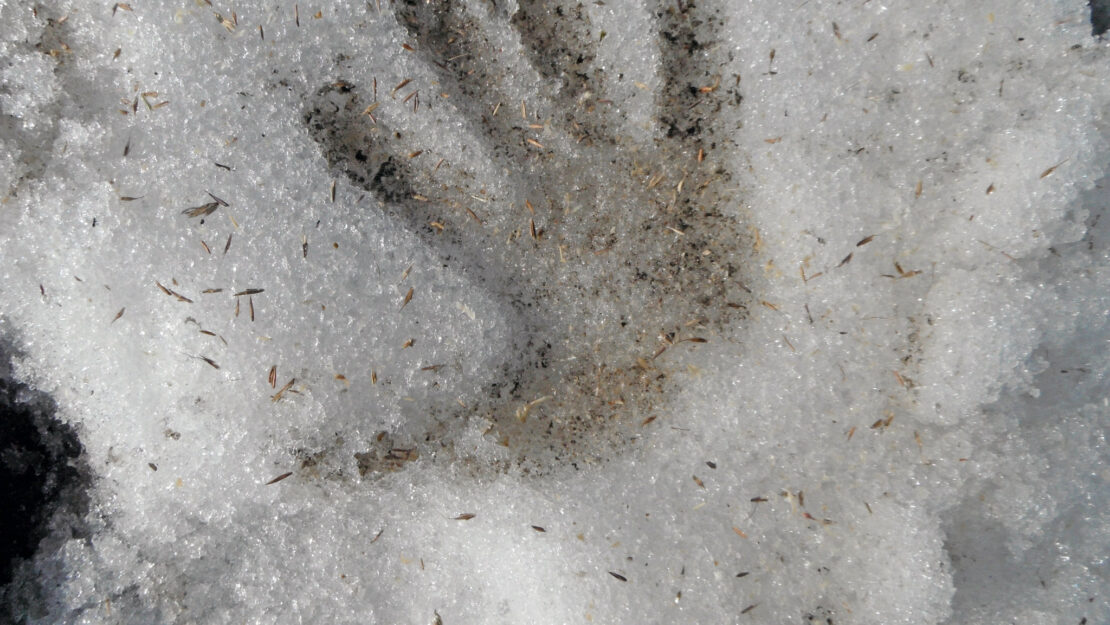Winter Prairie Seeding

By Luke Hilleshiem, Rochester Maples Field Crew Member / AmeriCorps Member
Prairie seeding happens between mid-October until it starts freezing, With the prairie grass it is not a good idea to plant trees, the only exception is oak savanna restoration projects. It takes around 3 to 5 years for prairie grass to fully mature, The main reason we plant prairies is because it encourages a wide variety of plants and animals that are either threatened or endangered to inhabit it. They like the prairies because there are lots of nutrients created by the constant growth of the roots, The roots can grow from five to fifteen feet long.
Many ranges of animals live in prairies in Minnesota, for example, there are many different species of birds that like prairies I will name a couple for you. There is the western meadowlark, the Burrowing owl, and many more. Although the diversity of birds in prairies has dropped due to the wear down of prairie land, there has even been a fifty percent decrease in the last fifty years. However, we are working on restoring prairie land on public and even private lands to prevent this number from increasing. Mammals also like the prairie lands, for example, bison and small rodents like the Western harvest mouse and the Prairie vole and more are common inhabitants of the prairies. There are also many reptiles, amphibians, and invertebrates.
Prairies themselves are pretty self-sustaining, because mature prairies don’t need herbicide, fungicide, insecticide or fertilizer, but it is crucial to weed them. There are a couple ways we do this, There is hand weeding but the most common and effective ways we do this are burning and mowing, We are most commonly trying to remove woody plants such as tree saplings because as I said earlier in the article its not a good idea to plant trees in a prairie.
Sources: The University of Minnesota